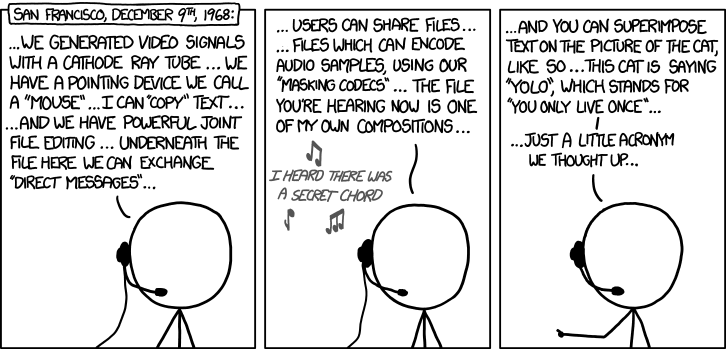Great article in today's Times about someone we sometimes run into at work: 'Destructive Heroes'. These are the people who are effective at their jobs but abusive to their co-workers. Because of their effectiveness their obnoxious personalities are tolerated by the organization, to the detriment of their colleagues.
 |
| Scott McGohan, chief of McGohan Brabender, has dealt with a destructive hero — a persona that once described him. CreditMaddie McGarvey for The New York Times |
Rather than just complaining about these people, the article discusses the negative effect these people have on their companies. In one case the company totaled up the hours spent cleaning up the messes created by this high-flier and found that the "Brilliant Jerk' (another name for this type) cost the company more than he made. And that didn't even count the cost to employee morale.
In his training seminars, Mr. Sullivan, president and managing partner at the Shamrock Group, a management consulting firm in Denver, could count on two things whenever he asked, “How many of you have had a destructive hero in your midst?” About half of those in attendance would raise a hand. And of those, “Almost 100 percent said the same thing: ‘We waited too long to deal with it, and it cost us a lot.’ ”
“Get rid of the brilliant jerk as fast as you can,” said Cliff Oxford, founder of the Oxford Center for Entrepreneurs in Atlanta, who has registered the URLwww.brilliantjerk.com and is writing a book to help companies deal with such employees (Mr. Oxford also wrote about the topic for The New York Times’s You’re the Boss blog.)
“Teaching over 100 courses,” Mr. Sullivan said, “I’ve never had one person tell me they converted a destructive hero.”
I have had my own experience with these people and they are not always men or in sales. In my current position, a highly intelligent QA Director who won't suffer fools has intimidated the entire staff until she doublechecks everything done and belittles every small mistake made. The end result is that projects drag twice as long as needed.














